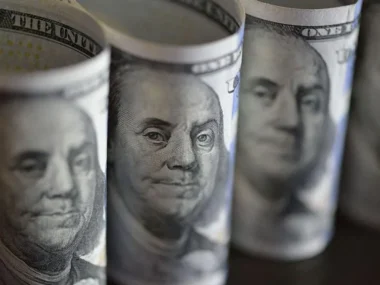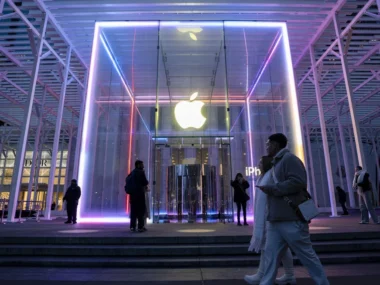In prosperous economic times, U.S. politicians are quick to claim credit. Conversely, during downturns, they often blame the opposing party or, better yet, the Federal Reserve.
Currently, the U.S. economy isn’t in dire straits. GDP for the second quarter of this year exceeded expectations, growing at an annualized rate close to 3%. Although hiring has slowed, there are 6 million more people employed now compared to before the pandemic.
However, with Election Day approaching, significant issues are emerging. The unemployment rate has risen to its highest level since fall 2021, and consumer spending is declining, even affecting fast food purchases.
As the election nears, expect intense blame-shifting. So, who is truly responsible?
Republicans and Democrats
It’s not fair to place all the blame for the economy’s state on one party, as both have played a role in shaping economic conditions.
While neither party is responsible for the pandemic itself, their responses to it have had considerable economic impacts.
During the Trump administration, two Covid stimulus packages totaling over $3 trillion were enacted. The Biden administration then introduced a third stimulus package costing nearly $2 trillion.
About a year after these stimulus packages, inflation surged to its highest level in over 40 years. The invasion of Ukraine by Russia contributed significantly by driving up energy prices, which affected both businesses and consumers.
However, the extensive spending approved by both parties—regardless of whether they initiated it—cannot be dismissed.
Research from MIT and State Street indicates that while the initial inflation spike was due to pent-up demand, the primary factor soon became the massive federal spending designed to revive the economy from the previous recession.
Leave the Fed out of it
Eventually, the central bank had to take strong action against inflation by increasing its key lending rate to its highest point in over 20 years. This rate has remained at this level for a year and has helped bring inflation close to the central bank’s 2% target.
Until the July jobs report last week, it seemed the central bank might achieve a rare “soft landing,” where inflation eases without causing significant job losses.
However, now more politicians are questioning if the central bank has kept rates too high for too long.
Following the jobs report, Massachusetts Democratic Senator Elizabeth Warren criticized Fed Chair Jerome Powell for not lowering interest rates, referring to the central bank’s latest policy meeting. She warned that delaying rate cuts could harm the economy further.
Critics like Warren overlook the delicate balance the central bank must maintain. It’s unlikely that central bank officials intentionally keep rates high to make life harder for Americans. Similarly, politicians don’t intentionally seek to harm the economy, but they don’t have to manage the consequences as the central bank does.
The central bank hasn’t reduced interest rates yet because they want to be sure that the progress in controlling inflation won’t be reversed if they ease their policies. They use complex models and economic data, and consult with business and community leaders to gauge economic conditions.
The central bank’s task is complicated by fiscal policies they don’t control. They can’t always get it right, and while they make mistakes, blaming them is akin to blaming a sanitation worker for climate change when their job is just to collect trash.











